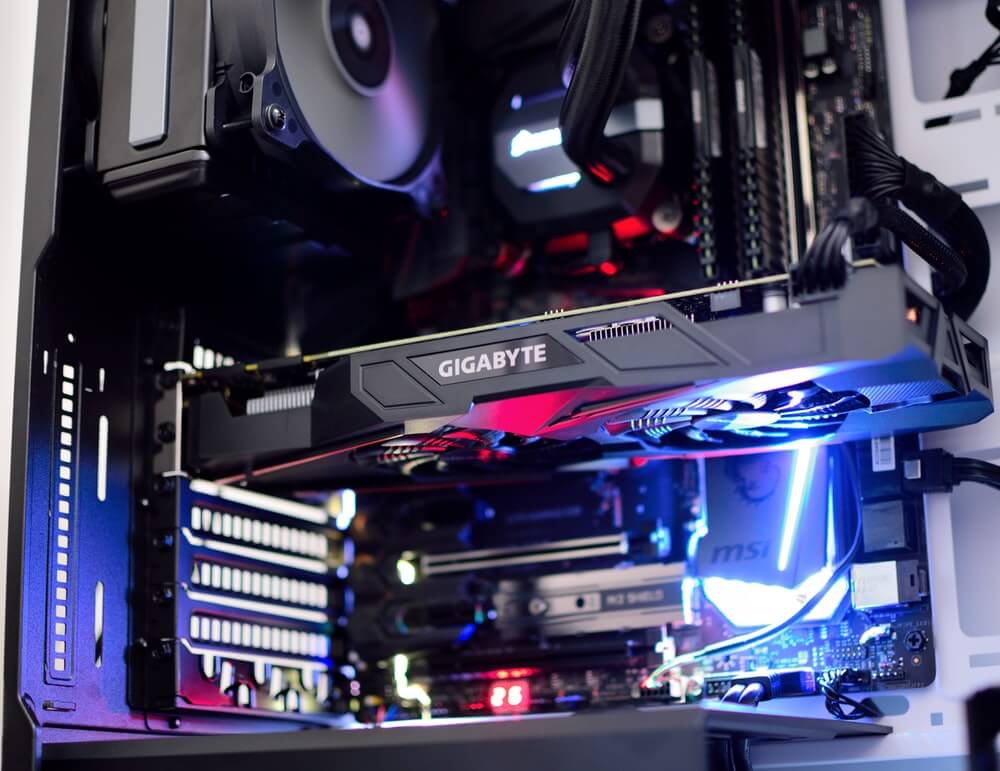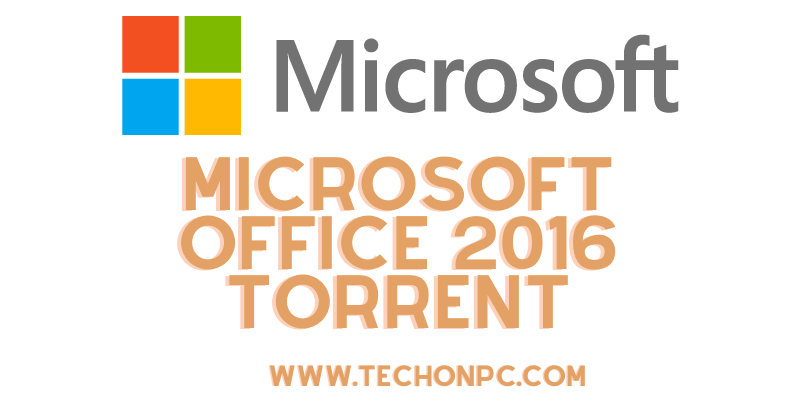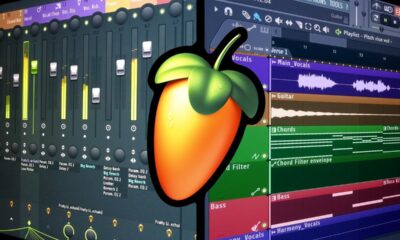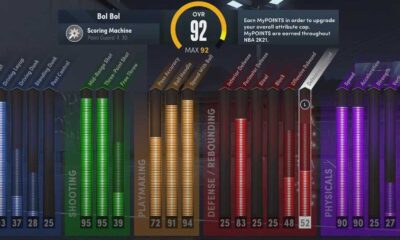Education
Differences of B550 and X570 – What to buy?
Published
2 years agoon
By
techonpc
Motherboard
The AMD B550 is AMD’s mid-range motherboard chipset, providing gamers and workstation users with cheap budget models as well as models that are priced well into X570 territory.
By comparing these two cutting-edge AMD chipsets, we can simplify the B550 Vs X570 decision and explain what each means to you as a gamer or power user in practice. The following information will hopefully make choosing a Ryzen 5000 or Ryzen 3000 motherboard a lot easier for you.
In addition to being priced around the same or higher than cheaper X570 models, the new B550 chipset competes not only with its cheaper predecessor (B450), but also with high-end enthusiast X570 chipset. As we’ll see below, there are some differences between the two chipsets, but if you don’t have time and just want the gist, either chipset will work well for building a modern AMD gaming/work PC, even with the fastest AMD CPUs available today like the Ryzen 7 or 9.
Do you want to build a budget PC?
Most people choose between B550 and X570 by comparing specific models and what they offer at a given price because the chipsets are similar overall. For some users, however, the actual chipset may make a difference. Compared to the B550 chipset (which some call a watered-down X570), the X570 is slightly more advanced and flexible, but its advantages aren’t huge, and it’s usually only useful for advanced power users (non gamers) who want to either:
- Run multiple next-generation PCIe Gen4 SSDs (PCIe Gen4 isn’t critical for gaming)
- Connect more storage drives than is normal (X570 generally have more SATA ports)
- Overclock the CPU to extremes (X570 has the best high-end VRMs)
- Be able to access extreme networking speeds (i.e. 10G or 5G LAN ports)
- High-end workstations can run multiple GPUs
You should probably just buy a B550 if you need to decide whether or not X570 is worth it, or if your PC is mainly intended to be used for gaming, and save your money for other components. You might need to update your BIOS if you’re planning to use a Ryzen 5000 CPU like the 5600X, 5800X, 5900X, or 5950X, no matter if you buy the B550 or X570. In general, updating your BIOS without a CPU installed is very easy, especially if your board has a BIOS flash button.
It is likely that all/most B550 and X570 models will ship with an updated BIOS that will support Ryzen 5000 out of the box in the near future, and therefore you won’t have to update the BIOS yourself. In the meantime, the BIOS may still need to be updated by early 2021. Anyhow, if you would like to know what the differences between B550 and X570 really mean in terms of practicality, with all the technical jargon and enthusiast speak toned down to a minimum, let’s take a closer look.
Comparison of B550 and X570 prices
The price overlap between X570 and B550 motherboards is shown in Table 1, where the former is sometimes more expensive than the latter. Thus, certain B550 models will set you back more money than some X570 models, leading to confusion between X570 and B550.
Does the old rationale of “buy B450 if you’re on a budget” and “buy X570 for high-end builds” still hold true? B550 models range from under $100 to over $300, meaning that it’s suitable for both budget builders and performance-perfectionist enthusiasts. Below are some of the higher-end/premium B550 motherboards over $150 US that compete with the X570.
The differences between the B550 and X570 chipsets
As B550 and X570 share the same price range, choosing between them largely comes down to comparing specific models based on their price, features, quality, etc. In general, consumers will assume that X570 is better than B550 based on previous chipset generations (e.g. B450 and X570) that clearly separated budget and high-end chipsets. Is this assumption accurate? Read full guide on beembuilds.
X570 is technically superior to B550 in terms of overall performance, connectivity, and flexibility. However, that doesn’t mean you should purchase an X570 over a B550, as “high-end” B550 boards can be just as good (if not better) than an X570. Furthermore, a good B550 can perform absolutely every function you could possibly need, while an X570 won’t provide any tangible advantages to most users. The following technical differences between the B550 and X570 chipsets will give you an idea of the benefits of buying an X570:
- Gigabyte B550 Aorus Master motherboard has dual PCIe 4.0 M.2 slots, while B550 motherboards can support only one M.2 SSD slot at PCIe 4.0 speed, with the second slot supporting PCIe 3.0 speeds. Certain X570 motherboards have dual PCIe 4.0 M.2 slots, but this is a feature that most people won’t use due to the low chances of buying two PCIe Gen4 SSDs (let alone 1).
- On both X570 and B550, the primary PCIe x16 slot (full-length for graphics card) supports PCIe 4.0. On B550 boards, secondary PCIe slots are PCIe 3.0, but on the X570 (depending on the model), they are PCIe 4.0 (either full-length x16 slots for GPUs or smaller x8/x4/x1 slots for expansion cards). The problem is that not many people are using these extra slots anyway, nor are they running devices that could benefit from PCIe Gen4.
- There are more PCIe 4.0 lanes (connections) in the X570 CPU than on the B550, and also use PCIe 4.0 lanes to link the processor to the chipset (on the B550 this is done using PCIe 3.0 lanes). In essence, this means X570 provides faster and more flexible Input/Output capabilities. If you are more advanced and wondering how many PCIe 4.0 lanes X570 gives you (say, for SLI/NVLink versions of PC builds where lanes matter), Ryzen 3000 CPUs come with 24 PCIe 4.0 lanes and a X570 can utilize all 24 (16 for graphics, 4 for storage, 4 for chipset link) while a B550 can utilize 20 (16 for graphics, 4 for storage).
- A few X570 boards are equipped with speedy 5G and/or 10G Ethernet ports, while some B550 boards only have 1G or 2.5G ports. Generally, 1G LAN is sufficient for most situations (including gaming), so this is not an issue.
- X570 motherboard supports AMD APUs from the 3000 series: B550 motherboards do not support AMD APUs from the latest 3200 series and 3400 series. It’s unlikely that many people will care about this as an X570 motherboard is more likely to work with a high-end APU than a budget one.
- AMD Ryzen 2000 CPUs are supported by X570: Unlike B550, which does not support the 2000 series of Ryzen processors, X570 does. A large majority of people who pair an X570 with a Ryzen 3000 or 5000 processor won’t care about this.
- As a result of their lower power consumption and heat generation, X570 boards have built-in cooling, whereas B550 boards do not. Let’s talk about what this means in detail next.
- SATA and USB 3.2 Gen 2 Ports Can Be Expanded on X570: The number of additional ports depends on the model in question, but X570 allows more of these ports to connect more devices. Most people won’t care about this difference, but it is worth noting for certain uses.
Fans on X570 Motherboards: Why Do They Exist?
X570 motherboards have more PCIe 4.0 lanes (from both the processor and the chipset; B550 has PCIe 4.0 only via the processor), so the chipset consumes more power and generates a lot more heat as a result. With the exception of one motherboard (Gigabyte X570 Aorus Extreme), all X570 motherboards have a small built-in fan, technically known as a chipset fan.
Some enthusiasts don’t like the return of motherboard fans on X570 as they may create some additional noise. Due to their limited air flow, small fans can be louder than larger ones, and their sound has a higher-pitched, “whinier” quality that some may find grating.
Most X570 owners say the fan’s noise isn’t noticeable when compared to other fans in the system, and that’s if it spins at all; in many situations, the fan just sits idle, only firing up when PCB (the physical board) temperatures reach a certain threshold (such as when running multiple super-fast PCIe 4.0 devices or when overclocking). As long as you’re super-picky about building a silent system, I wouldn’t consider the noise a factor.
Another potential drawback to having a chipset fan is that it adds an additional failure point within your system that can also be a little annoying to replace. Generally, you cannot replace chipset fans because they are proprietary fans. When choosing between X570 or B550, I wouldn’t factor in the chipset fan until these two factors are important to you. But I wanted to mention it so you are well informed.
What’s the difference between the X570 and B550 when it comes to overclocking?
As we move on from the chipset fan, we need to consider a more important factor if you are overclocking a high-end CPU or simply running a high-end Ryzen 9 3900X or 3950X at stock speeds: VRMs. What is the VRMS difference between X570 and B550 motherboards? If you’re not familiar with VRMs, check out our motherboard buyer’s FAQ, but it’s essentially the area of the motherboard that keeps things cool. Overclocked and/or high-end processors run better on boards with better VRMs. You might think that higher-end enthusiast chipsets (X570) would have better VRMs than B550, and that is somewhat true. However, the absolute best VRMs of any AMD board are found in high-end X570 boards.
However, the kicker is that I’m talking about the high-end, very expensive boards that simply aren’t worth the price for the vast majority. Also, in the mid-range board comparison where premium B550 boards face off against budget X570 models, the former actually has the better VRMs in general. Steve from HardwareUnboxed performed a benchmark comparison of the B550 and X570 VRMs (I recommend his videos as a good, reliable source), and the gist is that you can get a sub $200 (US) B550 board like the B550 Tomahawk or B550 Aorus Pro that has better VRMs than similar-priced X570 boards like the X570 Pro4 or X570 Gaming Edge WiFi. It is somewhat odd that X570, the high-end enthusiast chipset, has more powerful VRMs than B550, the newer chipset (X570 has been around for awhile) and so the boosted VRMs make sense.
Just two examples, but you can find many inexpensive B550 motherboards with better VRMs than budget X570 motherboards. A budget X570 is difficult to recommend over a top B550, as the latter offers better cooling for the money, with an X570 in this price range only making sense if you require the advantage of the X570 chipset (explained above).
Follow Me

Unleashing the Power of the Office Accelerator: Maximizing Productivity and Efficiency in the Workplace with Office 365 Accelerator

Unlocking the Hidden Potential of Your Website: Strategies for Growth

From AI to VR: How Cutting-Edge Tech Is Reshaping Personal Injury Law in Chicago
Trending

 Microsoft4 years ago
Microsoft4 years agoMicrosoft Office 2016 Torrent With Product Keys (Free Download)

 Torrent4 years ago
Torrent4 years agoLes 15 Meilleurs Sites De Téléchargement Direct De Films 2020

 Money4 years ago
Money4 years ago25 Ways To Make Money Online

 Torrent4 years ago
Torrent4 years agoFL Studio 12 Crack Télécharger la version complète fissurée 2020

 Education3 years ago
Education3 years agoSignificado Dos Emojis Usado no WhatsApp

 Technology4 years ago
Technology4 years agoAvantages d’acheter FL Studio 12

 Technology4 years ago
Technology4 years agoDESKRIPSI DAN MANFAAT KURSUS PELATIHAN COREL DRAW

 Education3 years ago
Education3 years agoBest Steph Curry NBA 2K21 Build – How To Make Attribute, Badges and Animation On Steph Curry Build 2K21

You must be logged in to post a comment Login